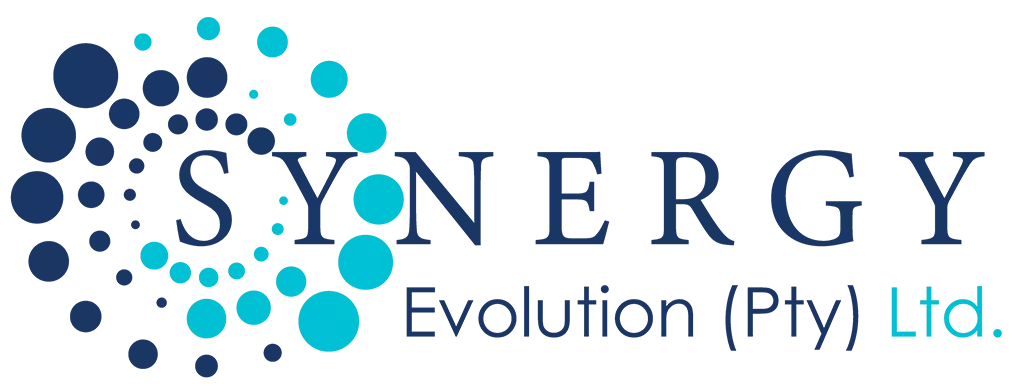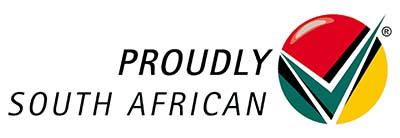Effective asset management goes beyond just the initial purchase price. Businesses must consider the total cost of ownership (TCO) over an asset’s lifecycle to maximize its value.
Lifecycle Cost Analysis (LCA) helps organizations understand and optimize the long-term financial impact of their assets.
This article explores strategies to calculate and reduce TCO, ensuring long-term asset optimization.
What is Lifecycle Cost Analysis (LCA)?
Lifecycle Cost Analysis is a financial assessment tool that evaluates the total cost of owning and operating an asset throughout its lifecycle. It includes:
- Acquisition costs – Purchase price, installation, and procurement fees.
- Operational costs – Energy consumption, labor, and routine maintenance.
- Maintenance and repair costs – Spare parts, upgrades, and servicing.
- End-of-life costs – Disposal, recycling, or decommissioning expenses.
Why is Lifecycle Cost Analysis Important?
- Enhances financial planning by identifying hidden costs.
- Reduces unexpected expenses by forecasting maintenance and repairs.
- Improves asset utilization by selecting cost-effective equipment.
- Supports sustainability by assessing energy efficiency and disposal costs.
How to Calculate Lifecycle Costs
Step 1: Identify Cost Components
- Determine all direct and indirect costs associated with the asset.
- Include purchase price, maintenance, energy, and labor expenses.
Step 2: Estimate the Useful Life of the Asset
- Assess how long the asset is expected to remain operational.
- Use historical data, manufacturer recommendations, and industry benchmarks.
Step 3: Forecast Maintenance and Operational Costs
- Calculate expected repair and servicing expenses over time.
- Account for inflation and cost fluctuations.
Step 4: Calculate the Total Cost of Ownership (TCO)
Tco = AcquisitionCost + (OperatingCost x Asset Lifespan) + DisposalCost
Step 5: Compare Different Asset Options
- Evaluate multiple assets based on their lifecycle costs.
- Choose assets with the best balance between cost, efficiency, and durability.
Strategies to Optimize Lifecycle Costs
1. Invest in High-Quality Assets
- Cheaper assets may have lower upfront costs but higher maintenance expenses.
- Choose durable, energy-efficient, and low-maintenance equipment.
2. Implement Preventive Maintenance
- Regular servicing reduces downtime and extends asset life.
- Predictive analytics can help detect issues before costly failures occur.
3. Leverage Technology for Asset Tracking
- Use IoT-enabled sensors to monitor real-time asset performance.
- Automate maintenance schedules and optimize resource allocation.
4. Consider Residual Value and Disposal Strategies
- Plan for asset resale, refurbishment, or recycling to recover value.
- Evaluate disposal costs and environmental impact.
5. Optimize Energy Efficiency
- Invest in energy-saving technology to reduce long-term operational costs.
- Conduct energy audits to identify areas for efficiency improvements.
Conclusion
Lifecycle Cost Analysis is essential for long-term asset optimization. By assessing total ownership costs and implementing cost-saving strategies, businesses can enhance financial efficiency, extend asset lifespan, and improve operational performance. Taking a proactive approach to asset management ensures sustainable growth and maximum return on investment.





